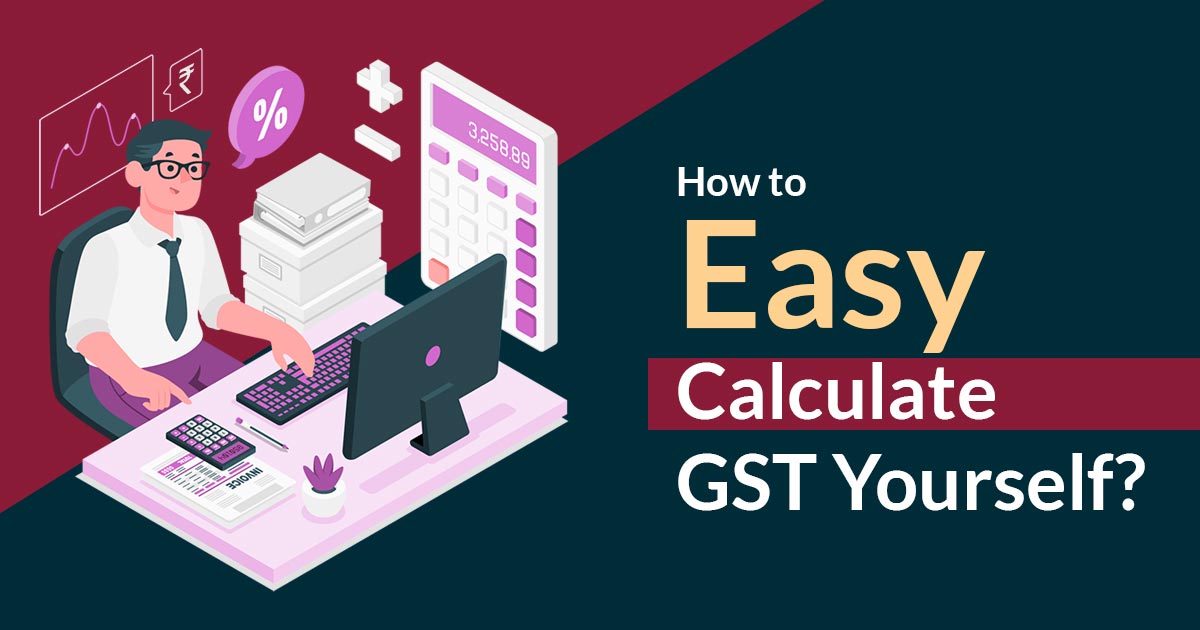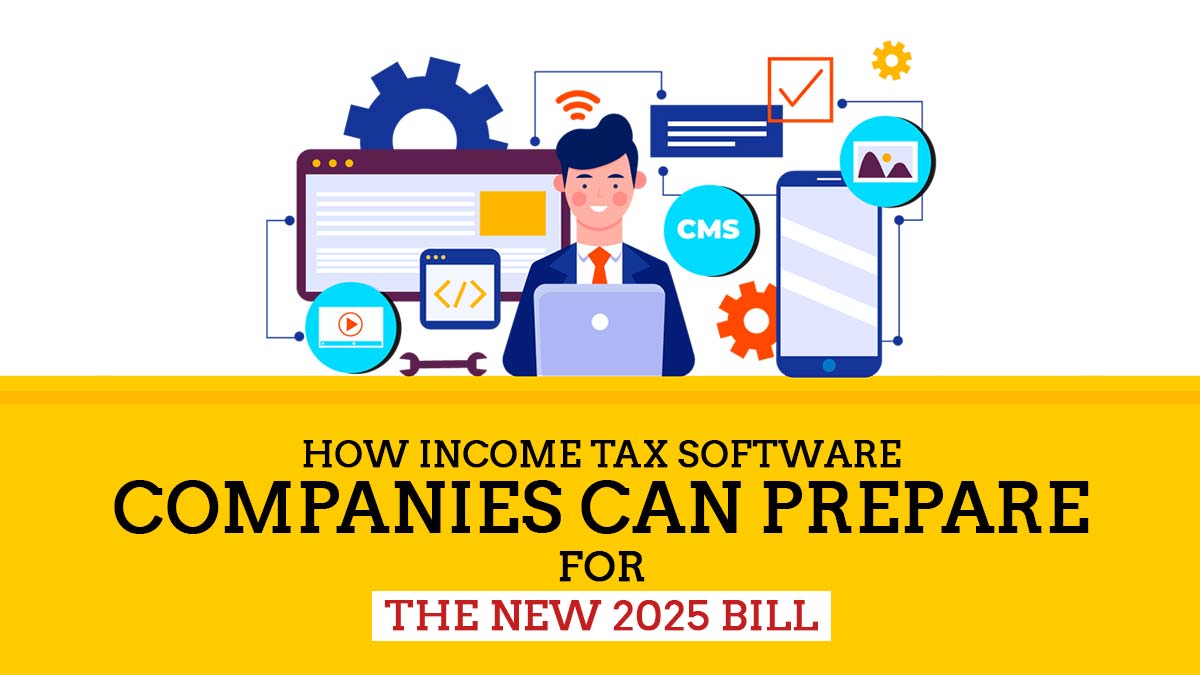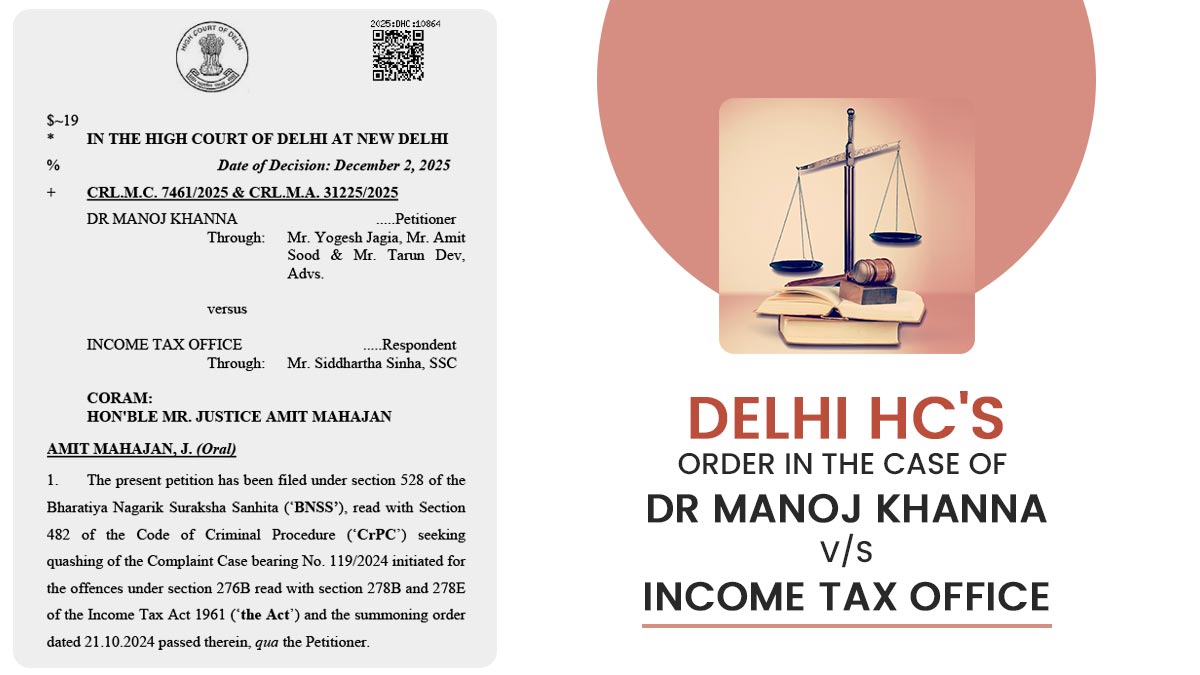
Did you not confident about the complicated laws? Finance concerns and related things are just hard to record at the fingertips as there are so many external things that are engaged in it. This article is related to the subject of GST. You would simply compute the GST in our country.
What Do You Mean by GST?
Various indirect taxes have been replaced by the GST which is also an indirect tax in India. the Goods and Service Tax Act was passed by Parliament dated March 29, 2017. The Goods and Services Tax Law in India, which comes into force on July 1, 2017, is a destination-based, multi-stage tax i.e imposed on every value addition.
GST secures the kind of indirect tax subjected to the provision of goods and services. The same law has replaced various indirect tax rules.
One needs to use an Indian GST calculator to find out the same, however, in this article, we would see it performed without the help of the other tools and can be done itself.
The government used to collect 4 kinds of GST. these are:
- CGST – Central
- SGST – State
- IGST – Paid to the Central for the States
- UTGST – Union Territory
What are the Formulas to Compute the GST Itself?
As a buyer, one needs to know the price of the good and the linked GST rate that is subjected to that goods to calculate the GST on your buyings 5%, 2%, and so on.
Through the use of the formula, one would simply calculate the GST:
- The formula i.e used when the GST does not include
- GST = Supply Value*GST%/100
- When the GST is engaged in the supply value
- GST = Supply Value – [Supply Value x {100/(100+GST%)}]
What is the Method to Compute GST?
There are five steps to compute GST easily as per the norms of the goods and services tax act 2017 such as rate of GST, tax applicability, reverse chargeable, and registration rules.
Step 1: Determining the Rate of GST
Finding the GST rate for the goods or services beneath the GST act is the first step in computing the GST. The GST official would express GST rates towards all the commodities and services in India in the former month.
To find out the GST rate, one should first find out the kind of supply furnished that is it a good or service. When the supply is effective then it is essential to interpolate within the HSN code that is applicable to it. The HSN code poses a global classification system for all kinds of items in international trade.
When the transaction comprises of furnishing of the service, the related person should validate the SAC code to see if it refers to the service. The service accounting codes or SAC codes are posed to categorize all the services beneath the GST.
Step 2: See Out the GST Applicability
Post to finding the GST rate, the applicability of IGST, CGST, and SGST should be decided. The person must find out the location of the supply to find out if IGST, CGST, or SGST are subjected to apply. The most revealed situation is the place of supply of goods or services is the address in which the goods or services were furnished. The assessment of the place of supply is specifically hard in some kinds of transactions along with the e-commerce or OIDAR services.
When the IGST is subjected to apply and the supply is interstate, the HSN or SAC code’s total GST should be accounted for beneath the IGST. when the CGST and SGST would both be subjected to apply and the supply is intrastate then the GST towards HSN or SAC code should get divided between the two. The IGST, CGST or SGST computation would for the purpose of classifying the tax income and crediting the same to the situation of consumption. There shall be no double-taxation as the GST tax rate will not get revised.
Step 3 Find Out that, GST is Levied on the Reverse Chargeable
The supplier of the products or services is liable to collect the tax from the recipient and remit the same to the government beneath the GST. But when the services furnished to the user are reported as reverse charge services, the recipient is responsible for that. The outcome would be that both the user and the service provider must note whether the transaction consists of the GST reverse charge.
Step 4: Register Beneath GST Scheme
GST compliance requires the supplier to maintain thorough accounting and records, and complete 3 GST filings every month. Various SMEs in India, on the other side, will see GST compliance harder and ask for an easy approach. Businesses whose turnover would be less than Rs 75 lakh would join the GST composition scheme and furnished a set rate of GST relied on their complete revenue. The suppliers who are involved in the GST composition scheme should show the documentation furnishing that they would be determined as the composition suppliers and thus not qualified for the tax collection.
The user must check when the supplier has registered the GST Composition Scheme prior to moving with the transaction.
Step 5: Transaction Type
The transaction consists of three types these are:
- B2B
- B2C – More than Rs. 2.5 lakhs
- B2C – Less than Rs. 2.5 lakhs
The beneficiary of the products or services shall not be qualified for the ITC in the B2C transaction beneath the GST. Inside a B2C transaction, the recipient would not need to show the details about his or her GSTIN or enrollment. When the value of a transaction is more than Rs 2.5 lakhs, the recipient should furnish these as a name, address, and additional details to find out the location of the supply.
Closure:
The article would help you to overcome the confusion and misunderstanding about the GST and its computation.









